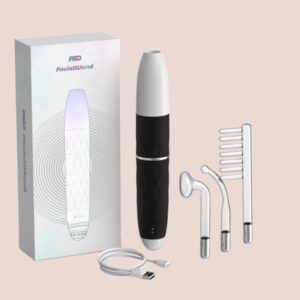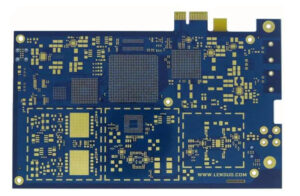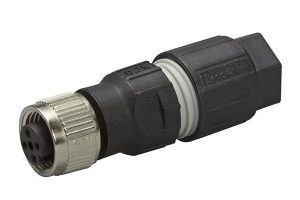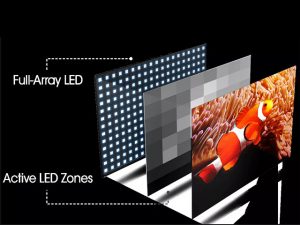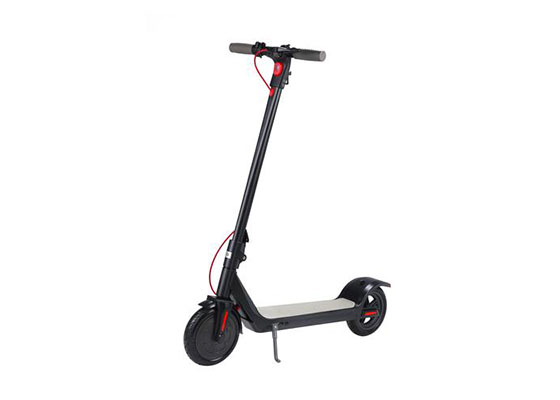
Electric scooters have become increasingly popular as a convenient and eco-friendly mode of transportation. However, if you’re an electric scooter rider, you may find yourself wondering whether it’s safe to ride your scooter in the rain. In this blog post, we’ll explore the factors to consider, evaluate the waterproofing features of electric scooters, and provide essential tips for riding safely in wet conditions.
Factors to Consider Before Riding an Electric Scooter in the Rain
- Safety Concerns and Potential Risks
Riding an electric scooter in the rain poses certain safety concerns and potential risks that riders should be aware of. Some of these risks include:
- Slippery Surfaces and Reduced Traction: Wet roads and surfaces can significantly reduce the traction between the scooter’s tires and the ground, increasing the risk of skidding or losing control.
- Increased Braking Distance: Wet conditions affect the effectiveness of the scooter’s brakes, resulting in longer braking distances. This can make it challenging to stop or slow down quickly when needed.
- Limited Visibility: Rainfall can reduce visibility for both the rider and other vehicles on the road, increasing the chances of accidents or collisions.
- Potential Damage to Electrical Components: Electric scooters are equipped with electrical components such as batteries, controllers, and motors. Exposure to water can potentially damage these components, leading to malfunctions or even safety hazards.
- Importance of Reading the Manufacturer’s Guidelines
To determine whether your electric scooter is suitable for riding in the rain, it’s crucial to refer to the manufacturer’s guidelines. Manufacturers often provide specific instructions and recommendations regarding riding in wet conditions. Some scooters may have waterproofing features and higher Ingress Protection (IP) ratings, making them more suitable for rainy weather.
- Personal Safety Precautions
If you decide to ride your electric scooter in the rain, it’s essential to take personal safety precautions to minimize risks. Here are a few tips:
- Wear Appropriate Protective Gear: Always wear a helmet, waterproof jacket, and non-slip shoes to protect yourself from potential accidents and injuries.
- Take Extra Caution While Riding: Reduce your speed, maintain a safe distance from other vehicles, and be extra vigilant. Avoid sudden maneuvers or aggressive riding, as these can increase the chances of losing control.
- Follow Traffic Rules and Regulations: Adhere to traffic rules, signals, and road signs. This will help ensure your safety and the safety of others sharing the road with you.
Evaluating the Waterproofing Features of Electric Scooters
When choosing an electric scooter suitable for riding in the rain, it’s important to consider the waterproofing features. Here’s what you need to know:
- IP (Ingress Protection) Ratings and Their Significance
IP ratings indicate the degree of protection an electric scooter offers against solid particles and water. The IP rating consists of two digits, such as IP54 or IP67. The first digit represents the level of protection against solid particles, while the second digit represents the level of protection against water.
- Different IP Ratings and Their Meaning
- IPX0: No special protection against water.
- IPX4: Protection against splashing water from any direction.
- IPX5: Protection against water jets projected from any direction.
- IPX6: Protection against powerful water jets or heavy rain.
- IPX7: Protection against temporary immersion in water up to 1 meter for 30 minutes.
- IPX8: Protection against continuous immersion in water beyond 1 meter for a specified time (as specified by the manufacturer).
- Choosing an Electric Scooter with a Higher IP Rating
If you plan to ride your electric scooter in the rain frequently, it’s advisable to choose a scooter with a higher IP rating. Scooters with IPX6 or higher ratings provide better protection against heavy rain and water splashes, reducing the risk of water damage to electrical components.
- Checking for Additional Waterproofing Measures
Apart from the IP rating, some electric scooters may come with additional waterproofing measures. These may include sealed connectors, waterproof charging ports, and water-resistant casings. Checking for these features can further enhance the scooter’s ability to withstand rainy conditions.
Tips for Riding an Electric Scooter Safely in the Rain
If you’ve assessed the risks, checked your scooter’s waterproofing features, and decided to ride in the rain, here are some essential tips to ensure a safe ride:
- Inspect the Scooter Before Riding
Before heading out, inspect your electric scooter to ensure it’s in proper working condition. Check the tires for adequate tread depth and inflation, test the brakes, and ensure all lights and indicators are functioning correctly. Additionally, inspect the scooter’s battery and electrical connections for any signs of damage or wear.
- Modify Riding Techniques
Adapting your riding techniques for wet conditions can significantly improve safety. Consider the following adjustments:
- Reduce Speed and Maintain a Safe Distance: Slow down and maintain a safe following distance from other vehicles. This allows for increased reaction time and better control of the scooter.
- Be Cautious While Turning and Braking: Wet surfaces reduce traction, making turns and braking more challenging. Approach turns and intersections slowly, and apply the brakes gently to avoid skidding.
- Avoid Puddles and Wet Surfaces Whenever Possible: Puddles and wet surfaces may conceal hazards such as potholes or slippery patches. Whenever possible, try to avoid riding through standing water or wet areas.
- Protect the Scooter from Rain
To minimize the chances of water damage to your electric scooter, consider the following protective measures:
- Use Waterproof Covers or Bags: Invest in a waterproof cover specifically designed for electric scooters. Alternatively, you can use waterproof bags to cover sensitive components, such as the battery or control panel.
- Store the Scooter in a Dry Place: When not in use, store your electric scooter in a dry and covered area, such as a garage or shed. This helps prevent prolonged exposure to rain and moisture, reducing the risk of damage.
Maintenance and Care After Riding in the Rain
After riding your electric scooter in the rain, it’s important to perform maintenance and care to ensure its longevity. Follow these steps:
- Drying the Scooter Properly
Thoroughly dry your scooter using a soft, absorbent cloth or towel. Pay attention to electrical connections, the battery compartment, and other areas where water may have accumulated. Avoid using excessive force while drying to prevent damage to delicate components.
- Cleaning the Scooter to Remove Dirt and Grime
Use a mild detergent or soap mixed with water to clean the scooter’s exterior. Gently scrub off any dirt or grime that may have accumulated during the ride. Be cautious around electrical components and connectors, using minimal water contact in these areas.
- Checking for Any Potential Damage
Inspect the scooter for any signs of damage or wear after riding in the rain. Look for water ingress points, loose connectors, or abnormal behavior in the scooter’s performance. If you notice any issues, consult the manufacturer or a professional technician for guidance.
- Taking Necessary Steps for Repair or Maintenance
If you encounter any damage or malfunction, it’s crucial to take the necessary steps for repair or maintenance. Depending on the severity of the issue, you may need to consult a qualified technician or reach out to the scooter manufacturer for assistance. Avoid using the scooter until it has been properly inspected and repaired to ensure your safety.
Conclusion
Riding an electric scooter in the rain requires careful consideration of safety concerns, evaluation of waterproofing features, and implementation of essential riding tips. While it’s generally advisable to avoid riding in heavy rain or adverse weather conditions, some electric scooters with higher IP ratings and proper precautions can handle light rain and damp surfaces.
Always prioritize your safety by wearing protective gear, adjusting your riding techniques, and adhering to traffic rules. Regularly inspect and maintain your electric scooter, especially after riding in wet conditions, to ensure its longevity and optimal performance.
Remember, responsible riding and proper maintenance are key to enjoying a safe and enjoyable electric scooter experience, regardless of the weather conditions. Stay informed, stay cautious, and ride responsibly!
